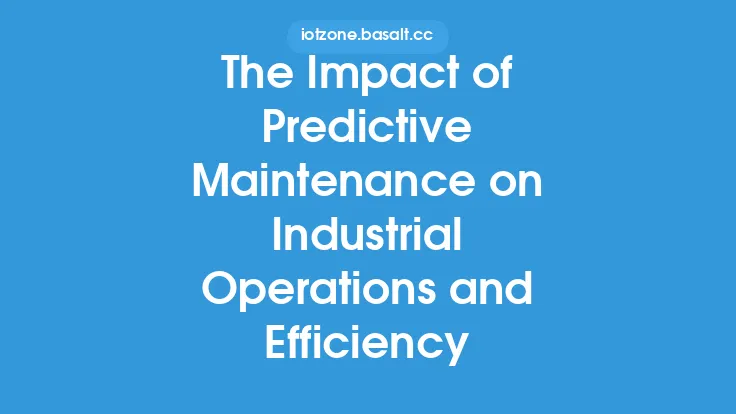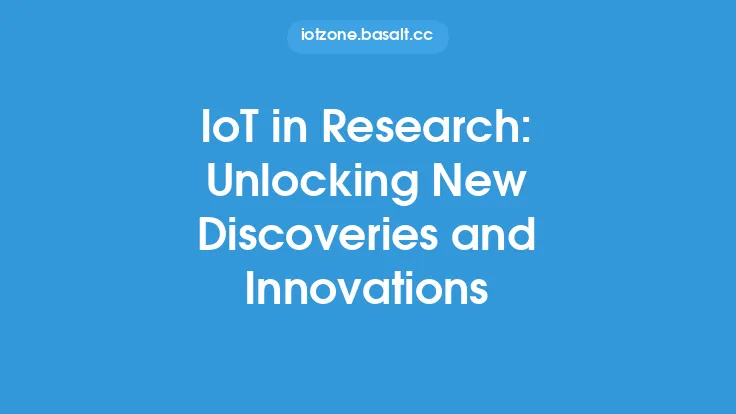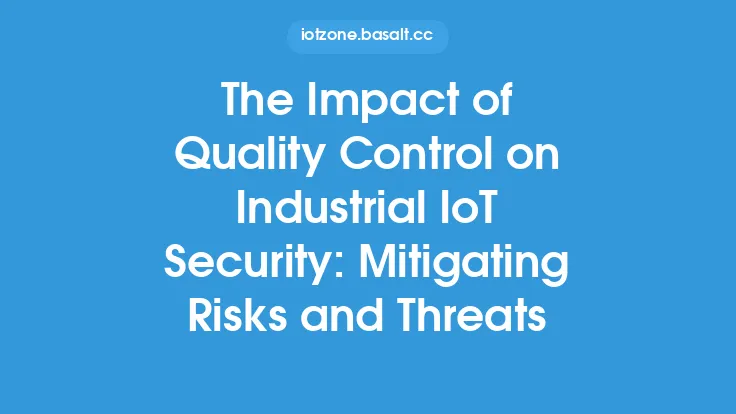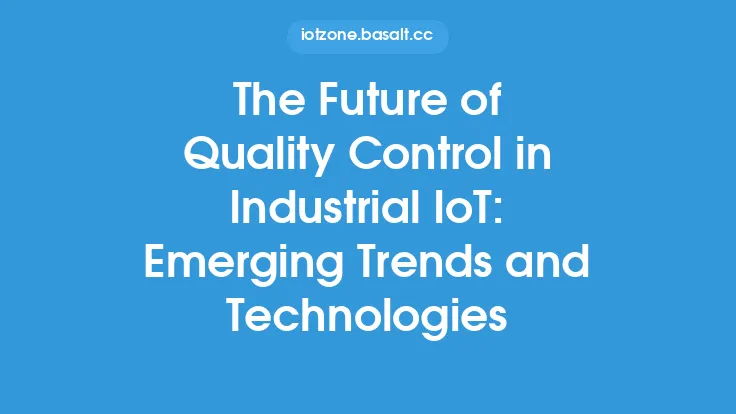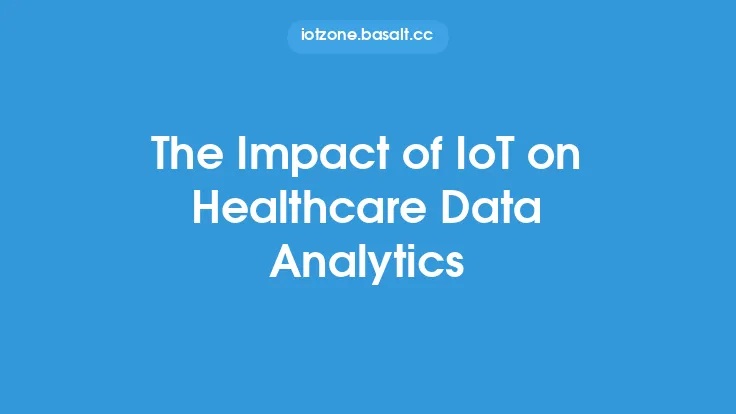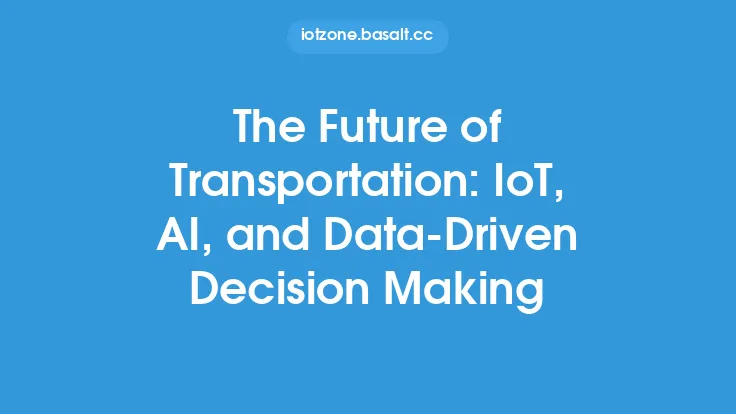The advent of the Internet of Things (IoT) has transformed numerous aspects of our lives, and educational research is no exception. The integration of IoT in educational research has opened up new avenues for data collection, analysis, and interpretation, enabling researchers to gain deeper insights into the learning process and develop more effective educational strategies. In this article, we will delve into the impact of IoT on educational research, exploring the new methods and tools that have emerged as a result of this convergence.
Introduction to IoT in Educational Research
IoT refers to the network of physical devices, vehicles, home appliances, and other items that are embedded with sensors, software, and connectivity, allowing them to collect and exchange data. In the context of educational research, IoT devices can be used to collect data on various aspects of the learning environment, such as student behavior, teacher-student interactions, and learning outcomes. This data can be used to develop more effective teaching methods, improve student engagement, and enhance overall educational outcomes.
New Methods for Data Collection
The IoT has enabled the development of new methods for data collection in educational research. For instance, wearable devices such as smartwatches and fitness trackers can be used to collect data on students' physical activity levels, sleep patterns, and other physiological parameters that can impact learning. Similarly, environmental sensors can be used to collect data on factors such as lighting, temperature, and noise levels in the classroom, which can affect student comfort and focus. Additionally, IoT-enabled devices such as tablets and laptops can be used to collect data on student learning behaviors, such as time spent on tasks, clickstream data, and other online activities.
Tools for Data Analysis
The IoT has also led to the development of new tools for data analysis in educational research. For example, machine learning algorithms can be used to analyze large datasets collected from IoT devices, identifying patterns and trends that can inform educational decision-making. Data visualization tools can be used to represent complex data in a more intuitive and accessible format, enabling researchers to communicate their findings more effectively. Furthermore, cloud-based platforms can be used to store and analyze large datasets, providing researchers with greater flexibility and scalability in their data analysis.
Applications of IoT in Educational Research
The IoT has a wide range of applications in educational research, from studying student learning behaviors to evaluating the effectiveness of educational interventions. For instance, IoT devices can be used to collect data on student engagement, such as time spent on tasks, participation in class discussions, and other indicators of student involvement. This data can be used to develop more effective strategies for promoting student engagement and motivation. Additionally, IoT devices can be used to collect data on teacher-student interactions, such as teacher talk time, student questioning, and other aspects of classroom discourse. This data can be used to develop more effective teaching methods and improve teacher-student relationships.
Challenges and Limitations
While the IoT has the potential to revolutionize educational research, there are also several challenges and limitations that need to be addressed. For instance, the collection and analysis of large datasets can be time-consuming and require significant resources. Additionally, there are concerns about data privacy and security, particularly when collecting sensitive information about students and teachers. Furthermore, the integration of IoT devices into educational research can be complex and require significant technical expertise. Therefore, it is essential to develop guidelines and protocols for the responsible use of IoT devices in educational research, ensuring that data is collected and analyzed in a way that is ethical, secure, and respectful of individual privacy.
Future Directions
The future of IoT in educational research is exciting and rapidly evolving. As IoT devices become more ubiquitous and affordable, we can expect to see even more innovative applications of IoT in educational research. For instance, the use of artificial intelligence and machine learning algorithms to analyze IoT data can help identify patterns and trends that can inform educational decision-making. Additionally, the development of new IoT devices and sensors can enable the collection of even more detailed and nuanced data on student learning behaviors and educational outcomes. Therefore, it is essential to stay up-to-date with the latest developments in IoT and educational research, exploring new ways to leverage IoT technologies to improve educational outcomes and advance our understanding of the learning process.
Conclusion
In conclusion, the IoT has the potential to transform educational research, enabling researchers to collect and analyze data in new and innovative ways. From wearable devices and environmental sensors to machine learning algorithms and data visualization tools, the IoT has opened up new avenues for data collection, analysis, and interpretation. While there are challenges and limitations to be addressed, the future of IoT in educational research is exciting and rapidly evolving. As we continue to explore the possibilities of IoT in educational research, we can expect to see even more innovative applications of IoT technologies, leading to improved educational outcomes and a deeper understanding of the learning process.
